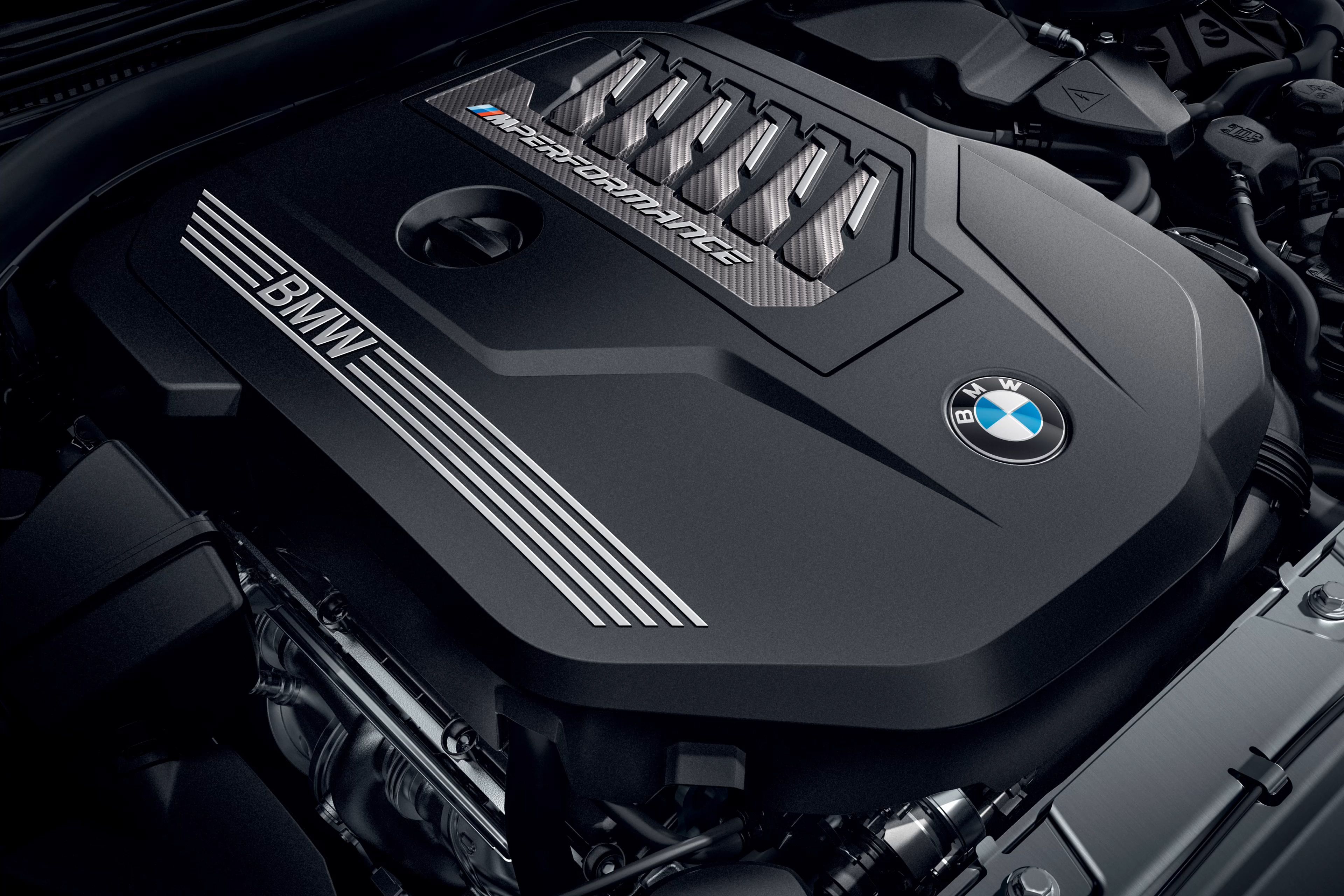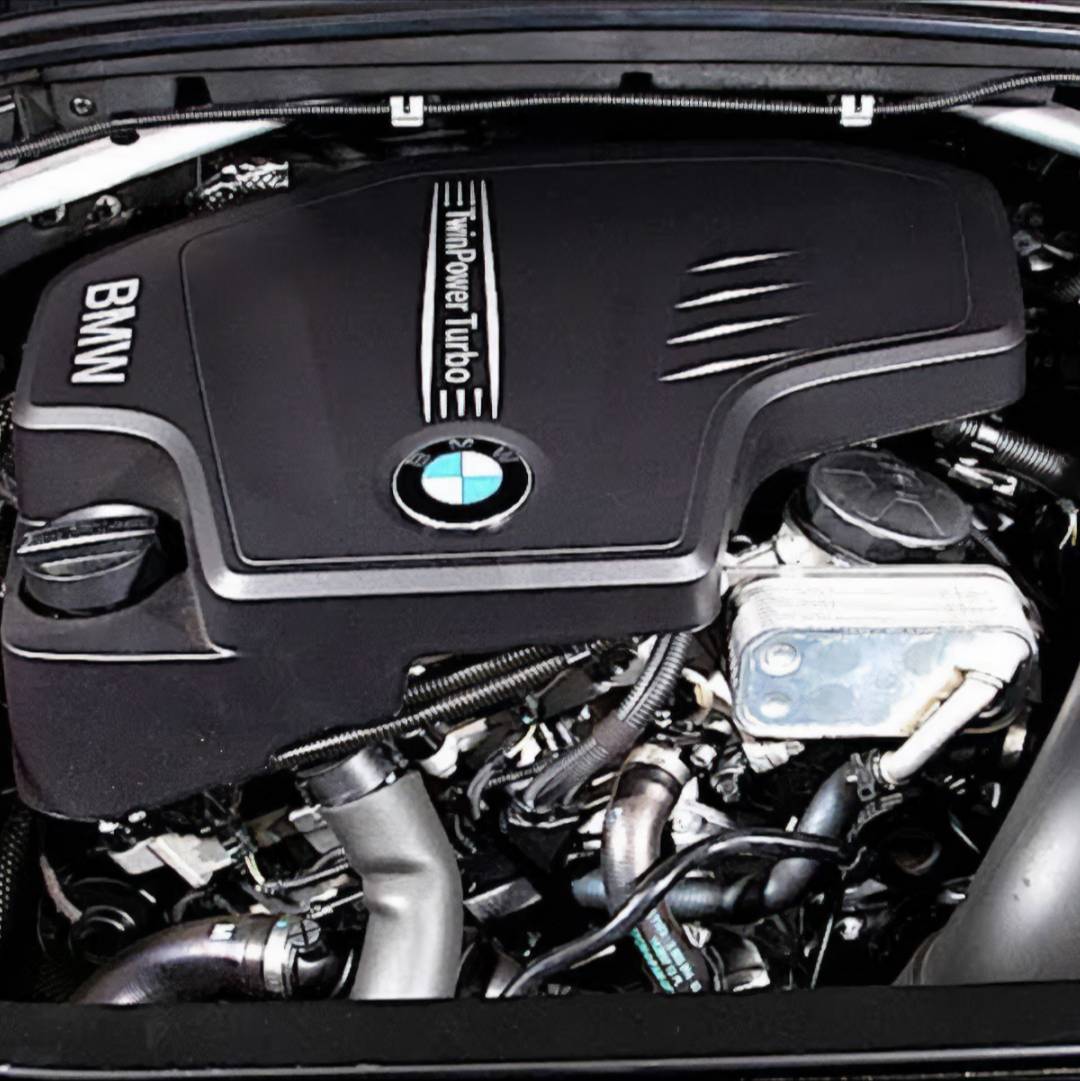Checking Out the Development of Burning Engines in Modern Transport Systems
As we navigate the landscape of modern transport, the development of combustion engines stands as a testimony to human ingenuity and engineering prowess. From their simple starts to the sophisticated powerhouses pushing lorries today, burning engines have undertaken an amazing journey of development and adjustment. Understanding the intricacies of this evolution not just clarifies the past however also leads the way for picturing what lies ahead in the realm of transportation modern technology. The interaction of history, modern technology, and ecological issues fit the trajectory of burning engines produces a narrative that is both compelling and informative.
Very Early Beginnings of Combustion Engines
How did the concept of combustion engines initial arise in the early stages of transport growth? The roots of burning engines can be mapped back to the 17th century when the principles of inner burning were very first explored.
The breakthrough minute featured the invention of the very first successful gasoline-powered engine by Karl Benz in 1885 - bmw engine. This engine led the method for the development of the modern-day vehicle, revolutionizing transportation systems worldwide. Succeeding technologies by Nikolaus Otto and Gottlieb Daimler further improved combustion engine technology, leading to the mass production of cars and the quick expansion of the transport sector
These very early combustion engines were identified by their simpleness and performance, laying the foundation for the complicated and powerful engines used in contemporary transport systems. The development of combustion engines has contributed in forming the method we travel and move goods, noting a considerable landmark in the background of transportation development.
Shift to Internal Burning Modern Technology
The shift to interior combustion modern technology noted an essential change in the evolution of transport systems. This change started in the late 19th century, with developers like Nikolaus Otto and Gottlieb Daimler developing the first successful internal combustion engines. These engines transformed transport by using a more efficient and effective choice to steam engines and electrical motors.
Among the key advantages of internal burning engines was their ability to be reduced to fit right into cars, bring about the advancement of motorcycles and autos. This change from bulky, fixed engines to small, mobile ones led the means for the modern-day transport systems we see today.
The transition to interior combustion modern technology likewise spurred developments in fuel technology, resulting in the advancement of gasoline and diesel as primary fuel sources for vehicles. This shift not just made transport extra easily accessible to the masses however additionally laid the foundation for the oil and gas sector to become essential to worldwide economies.
Influence of Combustion Engines on Transportation
The fostering of burning engines in transportation systems militarized a profound change in the efficiency and rate of international wheelchair. Burning engines transformed transportation by supplying a flexible and reputable source of power for different automobiles, consisting of vehicles, trucks, ships, and aircrafts. This innovation dramatically boosted the capacity for individuals and goods to relocate over cross countries in much shorter period, leading to increased connection between areas and nations.
Moreover, the extensive use combustion engines has actually had a substantial effect on economic growth. The capacity to transfer goods successfully has actually stimulated profession and commerce, permitting organizations to broaden their markets and get to customers this worldwide. This has actually assisted in economic development and globalization, as products can now be carried much faster and in larger quantities than ever in the past.
Nevertheless, the environmental effect of burning engines can not be forgotten. The combustion of nonrenewable fuel sources has resulted in air pollution and greenhouse gas discharges, adding to environment change and presenting health dangers to populations. bmw engine. Because of this, there is a growing focus on establishing alternative propulsion modern technologies to mitigate these negative effects and create a much more lasting future for transportation
Innovations in Combustion Engine Design
One remarkable technology is the advancement of turbocharged engines, which use exhaust gases to drive a generator that presses inbound air, allowing for more gas to be burned, resulting in boosted power result without a significant rise in engine dimension. Variable valve timing systems have actually also changed engine layout by optimizing airflow at various engine rates, enhancing both power and effectiveness. These technologies jointly contribute to the constant improvement of burning engines in modern transport systems.
Future Patterns in Combustion Engine Advancement
With technology innovations driving continuous technology, the future of burning engine growth is poised to transform transportation systems around the world. One of the essential trends in combustion engine growth is the push in the direction of higher effectiveness and reduced discharges. Producers are spending heavily in r & d to improve engine efficiency while fulfilling rigid ecological regulations. This includes the assimilation of advanced fuel injection systems, boosted turbocharging approaches, and the use of light-weight products to maximize gas intake and reduce carbon discharges.
One more famous pattern is the fostering of hybrid innovations in burning engines. Hybrid engines incorporate standard combustion modern technology with look at here now electrical power, using enhanced gas efficiency and lower discharges. As the auto market changes towards electrification, crossbreed combustion engines are seen as a transitional option that bridges the space between conventional vehicles and completely electric ones.
In addition, the assimilation of wise innovations, such as expert system and information analytics, is anticipated to play a substantial role in the future of combustion engine development. These innovations can optimize engine efficiency in real-time, leading to more effective combustion procedures and boosted overall automobile efficiency. Embracing these future trends will not just drive innovation in burning engine growth but also add to a much more eco friendly and sustainable transport ecosystem.

Final Thought
Finally, the development of combustion engines in modern transportation systems has actually been noted by considerable developments in innovation and style. From the early starts of burning engines to the change to interior combustion modern technology, these engines have had an extensive effect on transportation. Developments in combustion engine style continue to drive development in this field, with future patterns focusing on more boosting efficiency and decreasing discharges. The future of combustion engines in transport looks appealing as research study and development initiatives remain to push boundaries.
The roots of combustion engines can be traced back to the 17th century when the principles of interior burning were very first explored. These engines transformed transportation by providing a much more effective and powerful option to heavy steam engines and electric motors.
